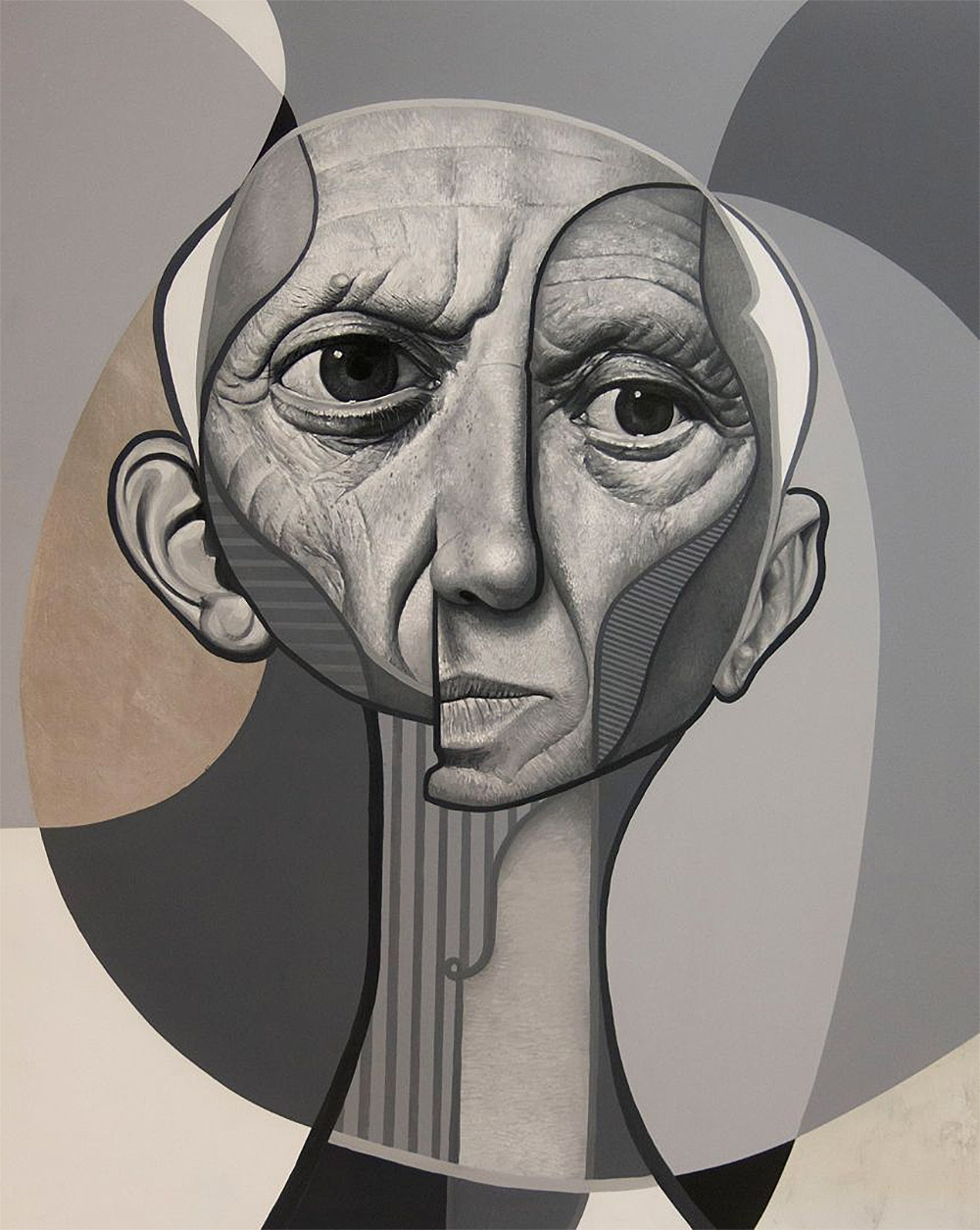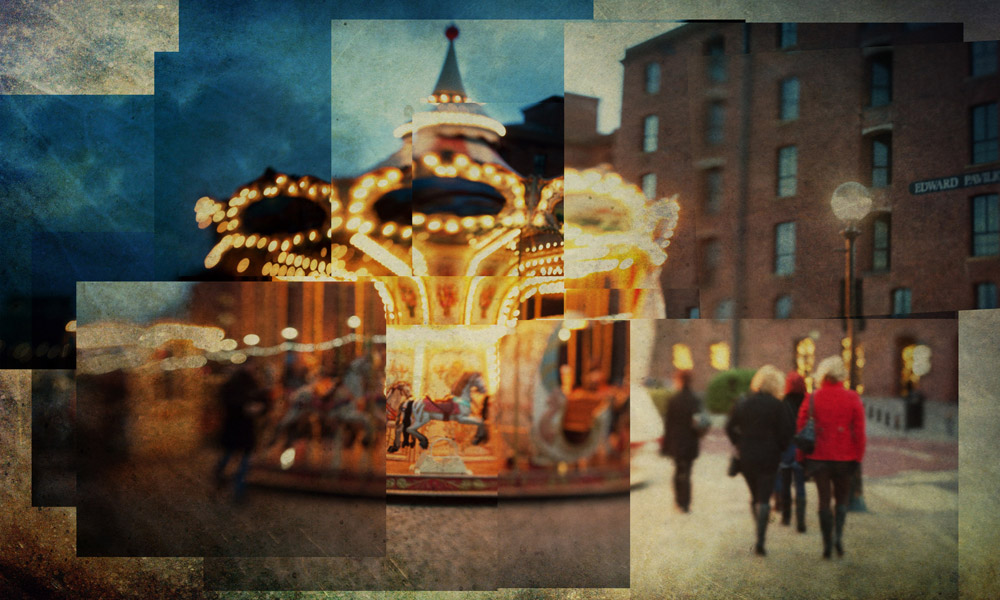

2), reflects the influence but features a figure in motion. His famous 1912 painting, Nude Descending a Staircase (No. Marcel Duchamp flirted with Cubism beginning in 1910 but was often considered at odds with it. Gris died in 1927, and Cubism represents a significant portion of his life’s work.įrench painter Fernand Léger was initially influenced by Paul Cézanne and upon meeting Cubist practitioners embraced the form in 1911, focusing on architectural subjects. He distinguished himself by refusing to make the abstraction of the object more essential than the object itself. Spanish artist Juan Gris remained on the fringes of the movement until 1911. Polish artist Louis Marcossis discovered Braque’s work in 1910, and his Cubist paintings are considered to have more of a human quality and lighter touch than the works of others.

Wider exposure brought others to the movement. In 1909, Picasso and Braque redirected their focus from humans to objects to keep Cubism fresh, as with Braque’s Violin and Palette. The term wasn’t widely used until the press adopted it to describe the style in 1911.

Painter Henri Matisse had previously described them to Vauxcelles as looking comprised of cubes. The term Cubism was first used by French critic Louis Vauxcelles in 1908 to describe Braque’s landscape paintings. Thus began the first era of Cubism, known as Analytical Cubism, which was defined by depictions of a subject from multiple vantage points at once, creating a fractured, multi-dimensional effect expressed through a limited palette of colors. Braque is the only artist to ever collaborate with Picasso, and over a period of two years, they spent every evening together, with neither artist pronouncing a finished work until agreed on by the other.īraque’s response to Picasso’s initial work was his 1908 painting Large Nude, noted for incorporating the techniques of Paul Cézanne as a sobering influence. Picasso worked with him privately on the implications of the piece, developing together the Cubist form. Picasso was hesitant to display the work to the public, and it went unseen until 1916.īraque, who painted in the Fauvist movement, was both repelled and intrigued by the painting. This portrait of five prostitutes draws heavy influence from African tribal art, which Picasso had recently been exposed to at the Palais du Trocadéro, a Paris ethnographic museum.īreaking nearly every rule of traditional Western painting, the work was such a huge leap from his previous blue and pink periods, which were far more representational and emotional. Pablo Picasso and Georges Braque first met in 1905, but it wasn’t until 1907 that Picasso showed Braque what is considered the first Cubist painting, Les Demoiselles d’Avignon.


 0 kommentar(er)
0 kommentar(er)
